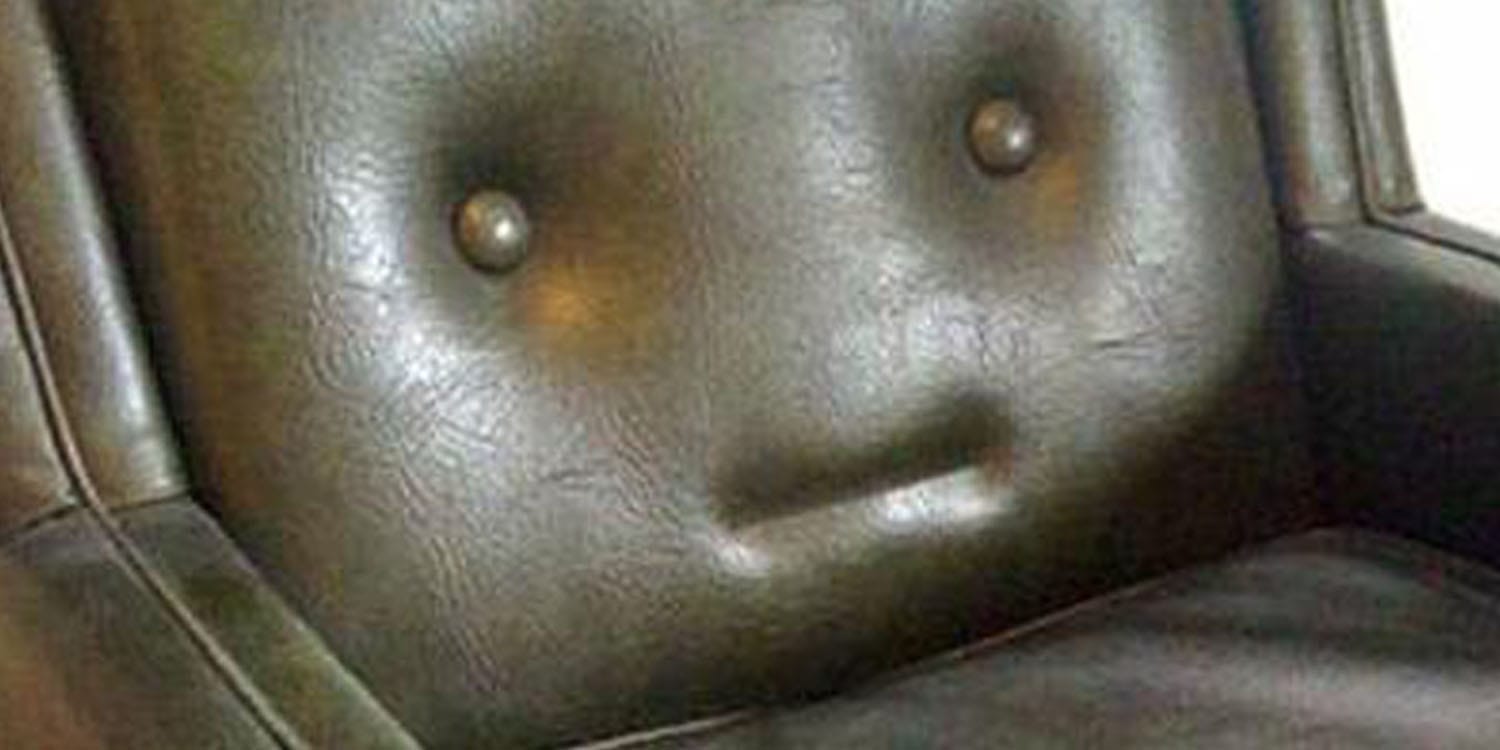Have you ever seen a face in a cloud or a power outlet? This common phenomenon, known as face pareidolia, is when we perceive faces in inanimate objects. Recent research published in the journal Emotion reveals that our brains process these illusory faces with the same biases we apply to human faces. The study demonstrates that these illusory faces not only elicit similar behavioral responses as real faces but also influence our perceptions of emotion and gender in significant ways.
The face pareidolia illusion is a fascinating area of study because it helps scientists understand the underlying mechanisms of face detection and evaluation. This knowledge is crucial for understanding how our brains work in normal circumstances and how these processes might be disrupted in neurodegenerative and psychiatric conditions.
Previous research has shown that people can reliably categorize the emotional expressions of illusory faces and that adaptation to facial expressions transfers from real to illusory faces. However, it was still unclear whether illusory faces could drive the same behavioral biases as human faces, such as the well-known “happy face advantage.” This advantage refers to the quicker and easier recognition of happy faces compared to other emotional expressions.
The researchers recruited 93 undergraduate students to participate in the study, although data from eight participants were excluded due to a high error rate in their responses. The final sample included 85 participants, predominantly female, with an average age of 19 years.
Participants were shown images of inanimate objects with illusory faces that had been previously categorized as expressing either happy or angry emotions and as appearing male or female. The participants’ task was to recognize the emotional expression (happy or angry) of these faces. T
The study was conducted remotely using computer software, and participants’ response times and error rates were recorded. Additionally, participants rated the stimuli on pleasantness and femininity using a 7-point Likert scale and categorized the emotional expressions of the faces from a broader range of emotions.
Participants were faster and more accurate in recognizing happy expressions in faces perceived as female compared to those perceived as male. Conversely, they were quicker and made fewer errors when recognizing angry expressions in faces perceived as male. This interaction between perceived emotion and perceived gender suggests that our brains apply similar socioevaluative processes to illusory faces as they do to real human faces.
Specifically, the happy face advantage was observed only for faces that appeared feminine, indicating that the bias towards happy expressions is stronger when the face is perceived as female. This pattern aligns with previous findings using real human faces, where happy expressions are more easily detected in female faces, and angry expressions are more readily recognized in male faces. These biases likely stem from socioevaluative mechanisms that process socially relevant information in faces, associating positive emotions with positively evaluated social categories.
Despite its insightful findings, the study has limitations. The sample size was relatively small and predominantly female, which could influence the generalizability of the results. Additionally, the study’s reliance on self-reported data and remote testing conditions may introduce variability in the participants’ responses.
Future research could explore a more diverse sample to see if these findings hold across different demographics. Investigating the neural mechanisms behind these biases using neuroimaging techniques could provide deeper insights into how our brains process illusory faces. Understanding the developmental origins of these biases and how they evolve over time would also be valuable, particularly in distinguishing between innate and learned aspects of face perception.
“The current findings are consistent with the hypothesis that once erroneously detected as faces, inanimate objects with illusory facial features engage the same mechanisms responsible for recognizing facial expressions and gender in human faces,” the researchers concluded. “It will be necessary to characterize our behavioral response toward both real and illusory faces to obtain a full understanding of the mechanisms underlying human social intelligence and their developmental origins.”
The study, “The Face Pareidolia Illusion Drives a Happy Face Advantage That Is Dependent on Perceived Gender,” was authored by Ottmar V. Lipp and Jessica Taubert.




